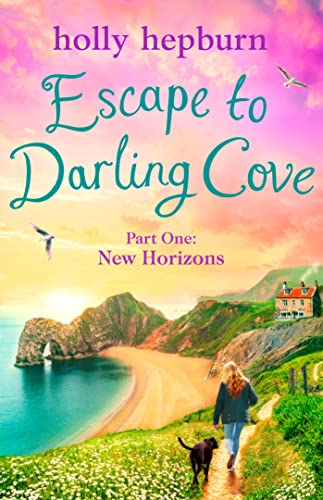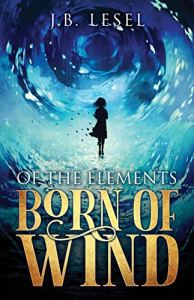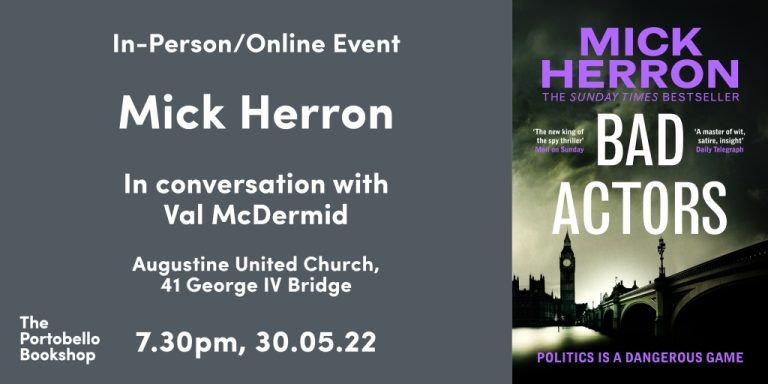
Today’s post is by author, editor, and book coach Suzy Vadori.
When you’re reading your own words during an editing pass, your brain works against you in two ways:
- Your fears can take hold. When this happens, you might be hard on yourself, worrying that everything you’ve written is garbage. This can lead you to over-edit and tinker with your page until you can’t be sure if you’re making your book better, or worse. OR
- Your dreams can make you starry eyed. You love your idea for the book so much you see it through rose-colored glasses. You skim over your words, nodding along because your world comes alive in your head as you read. This makes it impossible to recognize if you’ve forgotten to share critical information you meant to share — even though it never made it onto your pages.
What if you could get a fresh perspective on your writing more often—for free—even before showing it to others, so you can put your best foot forward?
This is possible if you set up a listening pass—where you listen to your story read aloud by text-to-speech on your computer or mobile device. This technique has made my writing process so much faster and more fun that I teach it to every writer I work with.
If this sounds like torture—please, hear me out. I felt the same way when a writer told me to read my book out loud to myself. Reading out loud is far too slow to engage my brain, so I ignored this advice for years before deciding maybe I could use technology to do it for me. It’s now my go-to strategy to reflect on my own work. It’s so effective at keeping my brain engaged and finding gaps that I use it at every stage of my writing process, from doing a gut check on my messy first drafts to making sure I’ve crossed the t’s and dotted the i’s on my final copy.
Listening to your work has never been easier. You don’t need any fancy apps or software. You can do it for free using features already on your smartphone.
How to do a listening pass
First, email yourself the document or text that you’d like to have read aloud.
Next, change the settings on your phone. If you have an iPhone, you’ll find the option under Settings > Accessibility > Spoken Content. Choose Speak Selection and Speak Screen. On this same screen, activate the Speech Controller (switch to ON).
Then, open the document from your email and download it into any eReader. iBooks is my favorite, because it automatically flips the pages, and keeps going if you navigate away to something else on your screen. You can even turn your screen off, and put your phone in your pocket. Next, activate the text-to-voice command. Voilà, Siri is now reading to you.
Bonus—using this same technology, you can have any ebook read to you!
With an Android phone, you’ll find the options in Settings > Accessibility and select the Text-to-Speech output.
(The instructions may differ slightly depending on your phone and the version of the software you’re using. If you’re having trouble, try Googling instructions for Text-to-Speech for your specific phone.)
The technology isn’t perfect, but it’s getting better every year. In the decade that iPhone’s Siri has been reading to me, her intonation and inflection have improved tenfold. You’ll get used to the quirks (like funny pronunciation of contractions, and reading the page numbers as it flips the pages) and you’ll hardly notice them after a while. Once you tune your ear to listening, you may want to adjust the speed at which the text is read. (I like max speed but choose whatever works for you.)
Ready to get started? Here are three ways to use a listening pass to move your project forward.
1. Review scenes and chapters while writing your first draft
Often, as a mom of teens, I’m forced to break my writing trance to pick up a kid from the hockey rink or drive someone to the football field. Now, I use these breaks and time in the car to listen to newly drafted scenes.
Give yourself a lot of grace with these scenes. It may not be the immersive experience you envisioned with perfectly crafted sentences—yet. Don’t despair. Use these listening passes to get a feel for what’s working and what’s not.
Some questions you can ask yourself while listening:
- Is the scene engaging and moving your story forward?
- Can you see where a character is on their arc?
- Are there any info dumps or clunky sections where you lean too heavily on one writing technique—actions, reactions, dialogue, inner thoughts, setting descriptions, etc.?
Once you’re done listening (or if you’re in the car, you’ve made it to your destination), take a few notes about the shape of the scene. Jot down anything that you know needs to be added or fixed. Don’t rely on your memory to write it down later, do it while it’s fresh.
Because I can never find a pen, I like to dictate notes into the Notes app on my phone and email them to myself. Then, when I’m back at my desk, I add the notes to my project’s document, so I know what changes I need to make the next time I’m working on that scene.
2. During revision
Once you have a complete first draft, listening to the entire manuscript helps you experience your story as a reader will. It can help you assess how all the pieces are coming together and spot what might be missing from your pages.
Remember, when revising, you want to start by addressing the overarching, story-level issues before getting into the nitty-gritty of polishing sentences. So, sit back and try to enjoy your book the way you hope a reader will. A listening pass can help highlight these story-level issues and pinpoint anything from an underdeveloped character to plot holes and pacing issues.
3. Proofreading
Your mind can, and will, fill in gaps and skip over errors when you’re too familiar with it. That’s one of the reasons some typos make it all the way through multiple levels of editing and into published books. But your phone won’t make the corrections your brain tries to when it reads your work back. It’ll read it exactly as it’s typed. Using this method of proofreading, you’ll hear the errors more quickly than you may spot them on paper, exponentially increasing your odds of catching any pesky typos.
Note: Word processing programs such as Microsoft Word on your desktop have similar technology available. However, I prefer to use my phone. The phone apps will hold your place if you stop listening and come back later.
Take your writing with you
A full listening pass of a 100,000 word book generally takes 8–10 hours, at 2x reading speed. It’ll take you longer if you listen at the natural 1x pace. The freeing part about using a listening pass is that you do not need to be chained to your desk. Try listening while going for long walks, cleaning the bathroom, cooking dinner, or decluttering a closet. (I’ve done all of the above.) I even bought underwater headphones to listen to a book while swimming (my favorite form of exercise). The change of scenery and movement can help you experience your work in a whole new way.
While taking your writing away from your desk: If you hear something you want to change while listening, just pause the reading and dictate, write, or type a quick note to yourself so you remember what to fix later. (Tip: For these more specific changes, include a portion of the sentence that needs to be fixed so you can use the search function to find it easily later when making corrections.)
Happy listening!
Ready to start listening to your writing today? Get Suzy’s guide on how to set it up (iPhone version) by registering here.
Suzy Vadori is Calgary Bestselling Author of The Fountain Series (The Fountain, The West Woods, Wall of Wishes). This fantastical series has received three Aurora Nominations for Best Young Adult Novel. She is represented by Naomi Davis of Bookends Literary Agency.
Suzy is the founder of the Inspired Writing Community, a Resident Writing Coach for Writers Helping Writers, a touring member of the Young Alberta Book Society (YABS) and a Program Manager for When Words Collide (WWC), a festival for readers and writers.
Suzy specializes in breaking down complex writing concepts for newer writers into manageable steps, to get the book idea exploding in their minds onto the page in a way that will make readers take notice. She works with both fiction and nonfiction writers, in memoir, mystery, thriller, fantasy, science fiction, women’s fiction, romance, middle grade, and of course, young adult. Suzy is a Certified Book Coach with Jennie Nash’s Author Accelerator.






